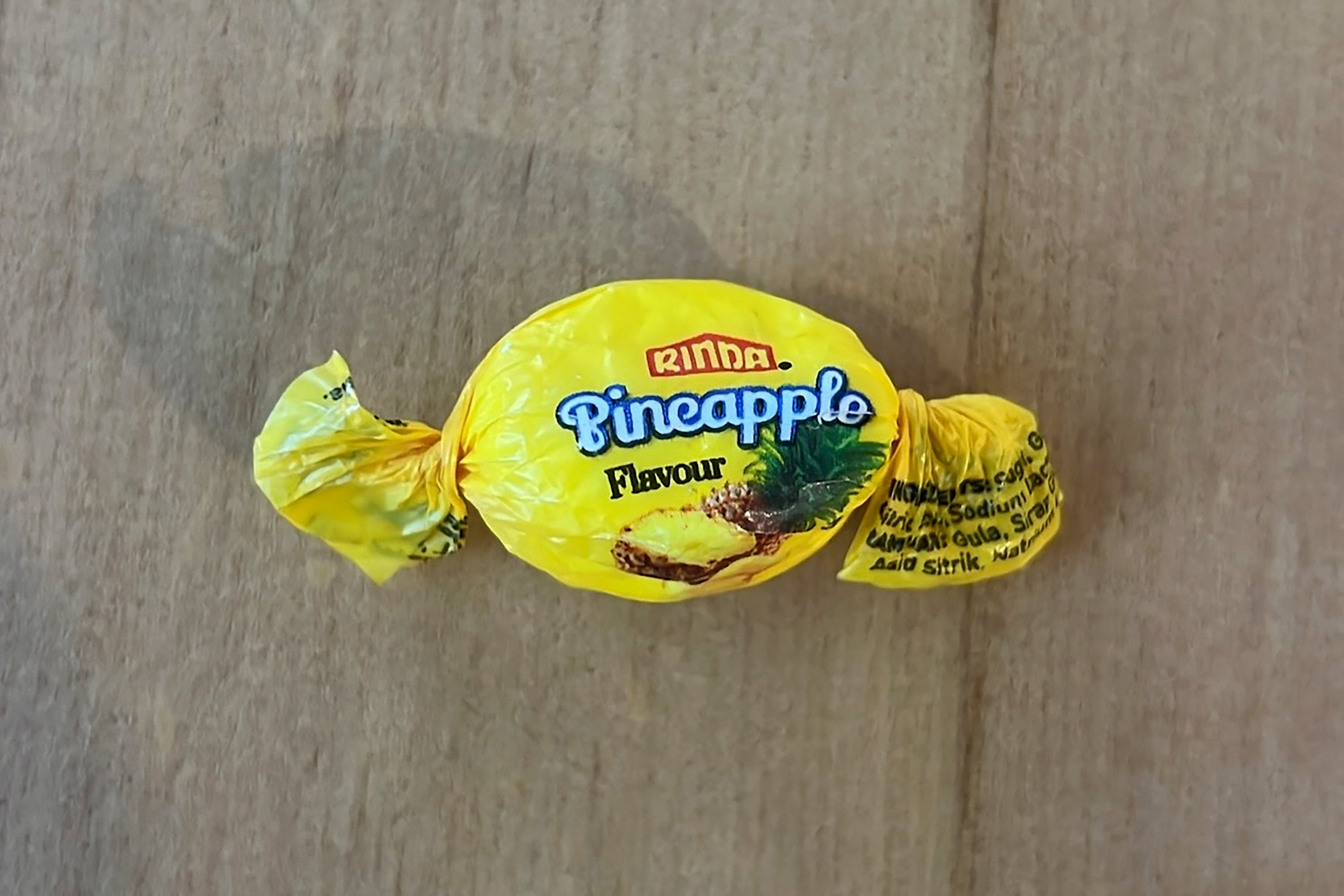Number of potentially lethal meth candies unknowingly shared by New Zealand food bank reaches 65
Police in New Zealand have accounted for 41 chunks of methamphetamine enclosed in candy wrappers — each a potentially lethal amount of the drug — that were unknowingly distributed by an Auckland food bank

Police in New Zealand have so far accounted for 41 chunks of methamphetamine enclosed in candy wrappers — each a potentially lethal amount of the drug — that were unknowingly distributed by an Auckland food bank.
The authorities were in the process of collecting two dozen more of the contaminated sweets from members of the public late Friday, police said in a statement, bringing the total number of candies accidentally shared in food parcels to at least 65. It was not known how many more were circulating, Detective Inspector Glenn Baldwin said.
No one has been seriously harmed by the sweets.
An unknown person donated the candies — which were in wrappers from the Malaysian confectionery brand Rinda and looked identical to boiled sweets — to the Auckland City Mission sometime in the past six weeks, the charity said Wednesday. A day earlier, staff frantically began tracking down the recipients of up to 400 food parcels after a client reported a “funny-tasting” sweet and drug testing revealed the candies were solid methamphetamine.
Three people were treated in hospitals after trying the candies but were quickly discharged. The “revolting” taste led most who tried the sweets to immediately spit them out, City Missioner Helen Robinson said.
The amount of methamphetamine in each candy was up to 300 times the dose someone would usually take and could be lethal, according to the New Zealand Drug Foundation, the drug checking and policy organization that first tested the candies.
Ben Birks Ang, a foundation spokesperson, said at a news conference on Wednesday that disguising drugs as innocuous goods is a common cross-border smuggling technique and more of the candies might have been distributed throughout New Zealand.
New Zealand authorities still do not know how many were distributed by the Auckland City Mission, or whether the sweets might show up elsewhere, Baldwin said. There are about 40 Rinda pineapple candies in each retail-sized bag, suggesting at least two bags were donated to the charity.
The doctored sweets had a street value of 1,000 New Zealand dollars ($608) per candy, which suggests the donation was accidental rather than a deliberate attack, Birks Ang said Wednesday. The authorities said they were investigating whether the episode was an importation scheme gone awry — as well as reports that someone had attempted to sell one of the sweets on Facebook.
The charity’s food bank accepts only donations of commercially produced food in sealed packaging, Robinson said. The pineapple candies, stamped with Rinda's label, “appeared as such when they were donated,” she added.
Rinda said in a statement Wednesday that the company would cooperate with authorities.
“We want to make it clear that Rinda Food Industries does not use or condone the use of any illegal drugs in our products,” General Manager Steven Teh said.
Methamphetamine is a powerful, highly addictive stimulant that affects the central nervous system. It takes the form of a white, odorless, bitter-tasting crystalline powder that easily dissolves in water or alcohol.
Bookmark popover
Removed from bookmarks